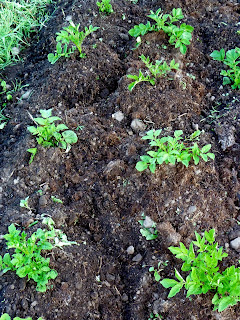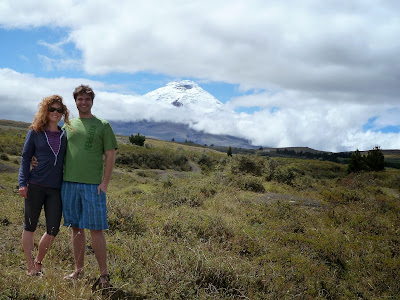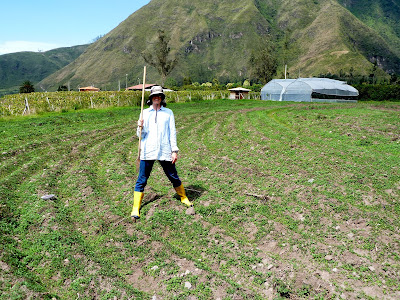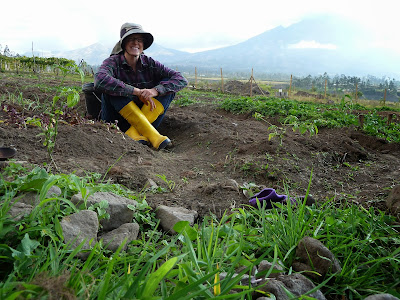Final Week

My final days passed quickly, as all my days passed on the farm. With many activities needing attention, I had no time to think of the end until it was upon me. Here is what I wrote for Finca La Amistad’s website ( www.fincalaamistad.net ): In a short nine-week space, I experienced an enriching internship of diverse opportunities to get my hands dirty and to learn by doing. Waking up every morning to the vista surrounding Finca La Amistad gave me endless pleasure, and working in that environment was exceptional. I reveled in the chance to take a nearly empty garden and turn it into a productive plot, providing vegetables for our daily meals and for an occasional sale to customers. Shelly and Nelly are open to new ideas and praise work well done, and Karina is very knowledgeable regarding microorganisms and organic fertilizers. I will cherish my time here in Ecuador, and I bless their future efforts. I know that Finca La Amistad is going to be pivotal in launchi







